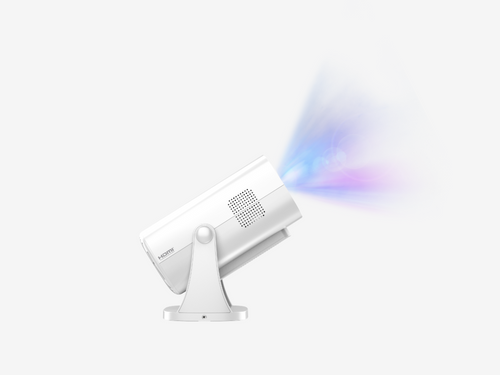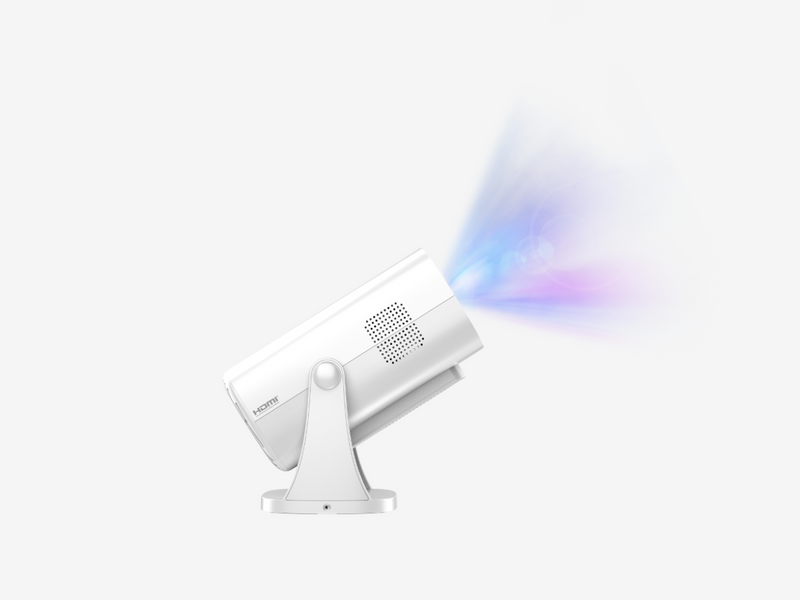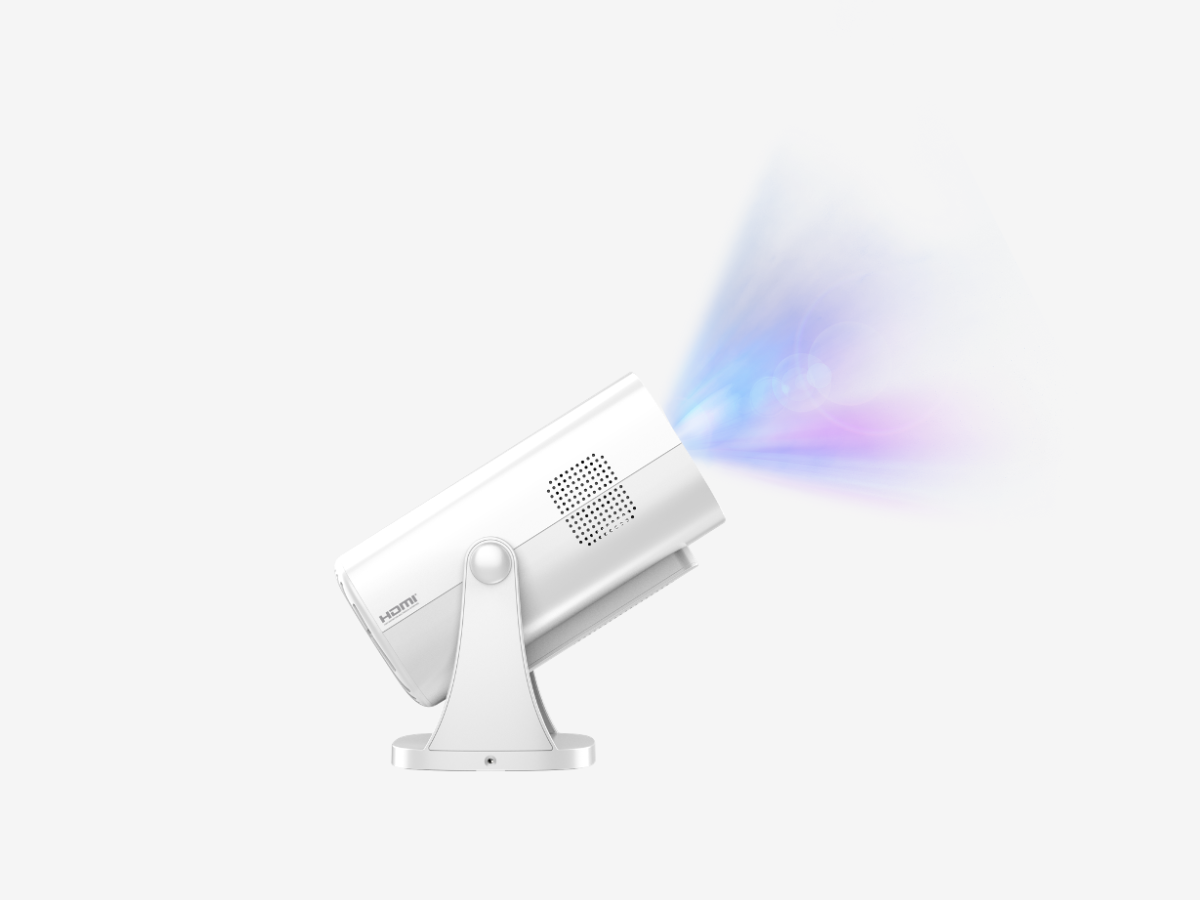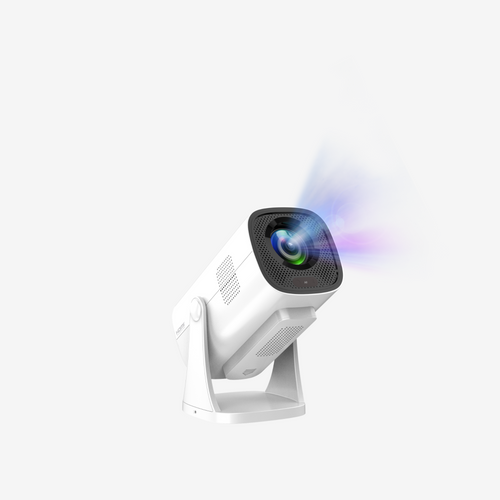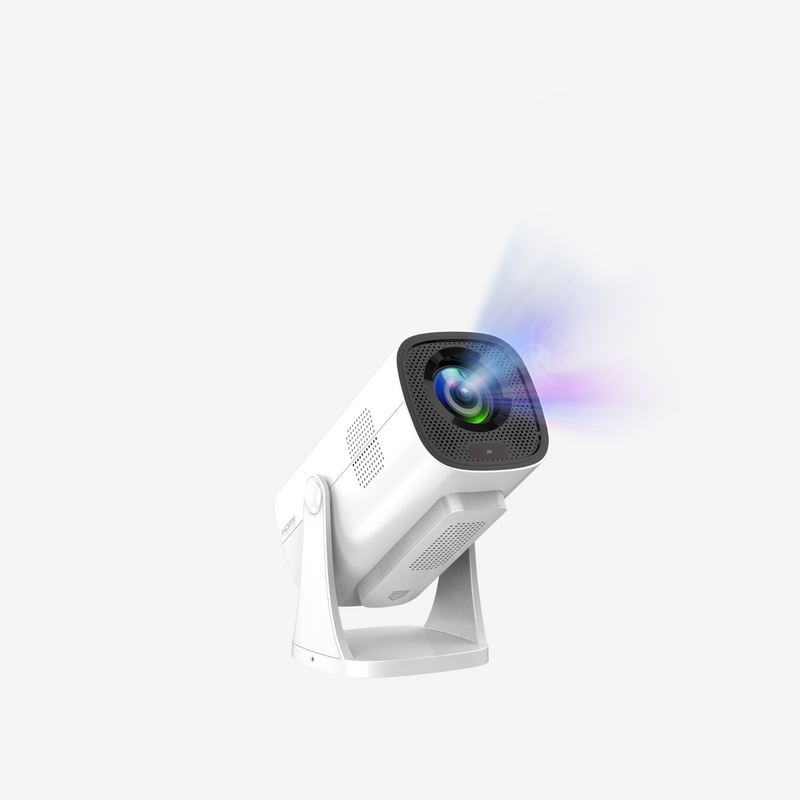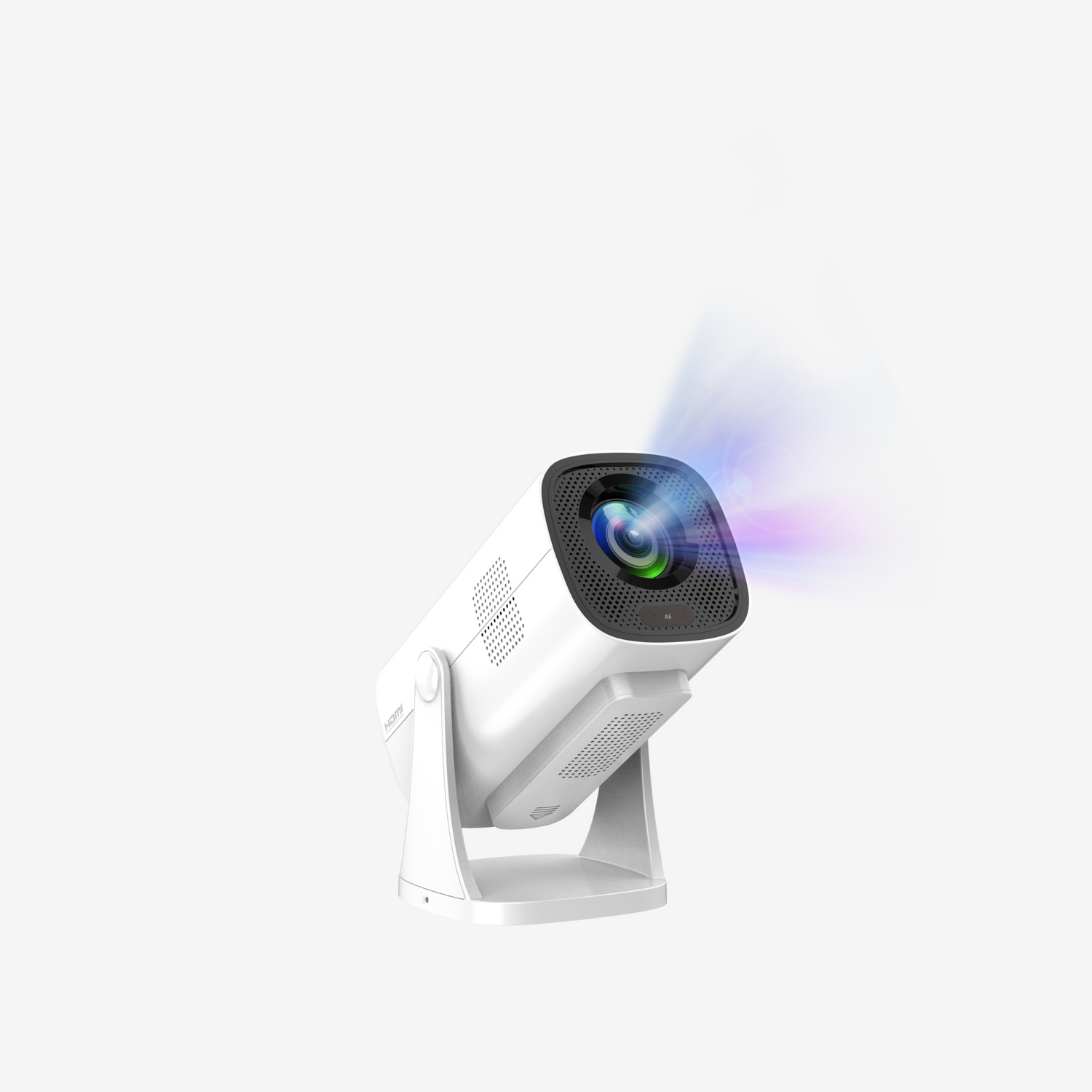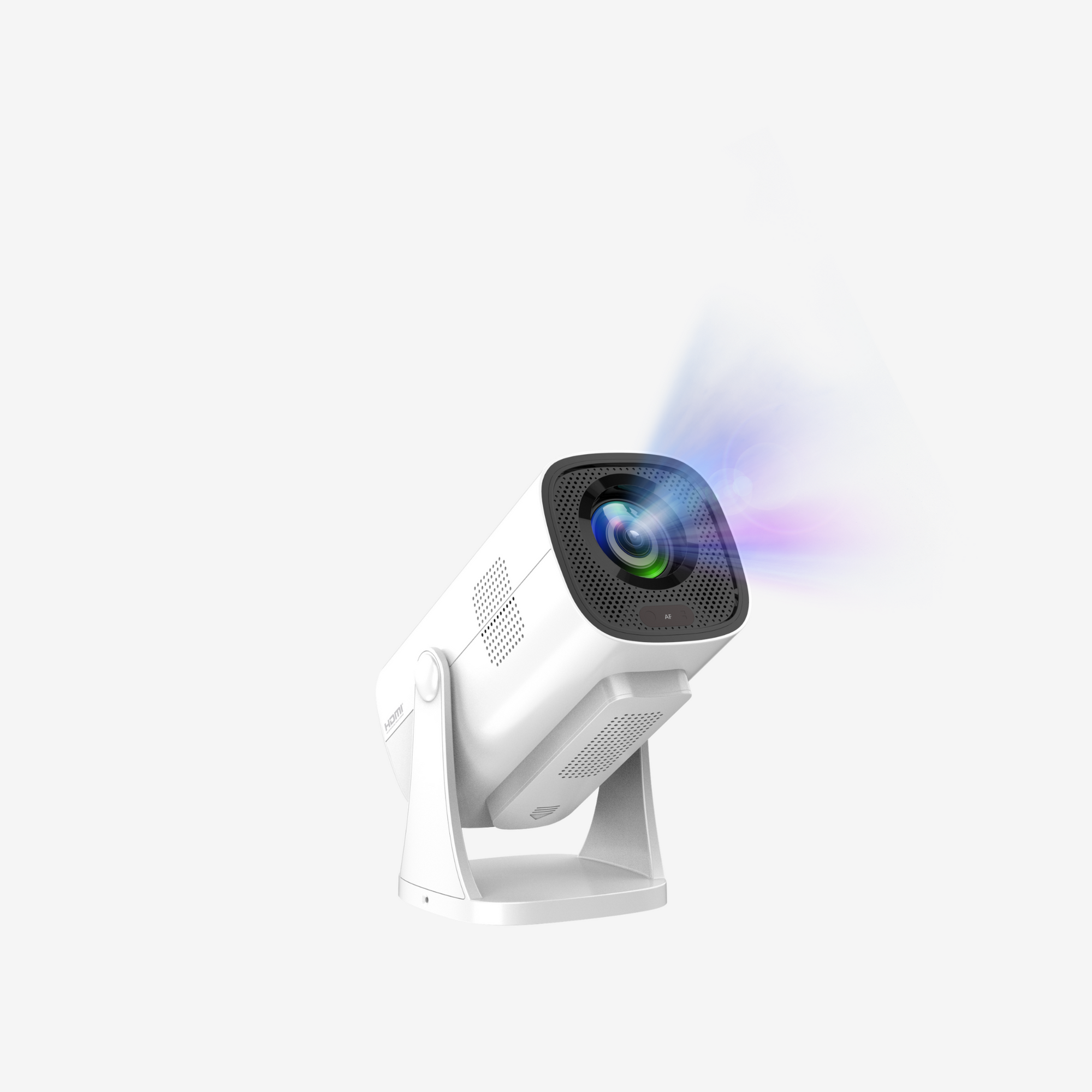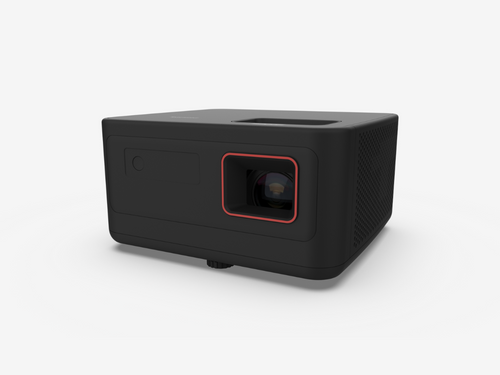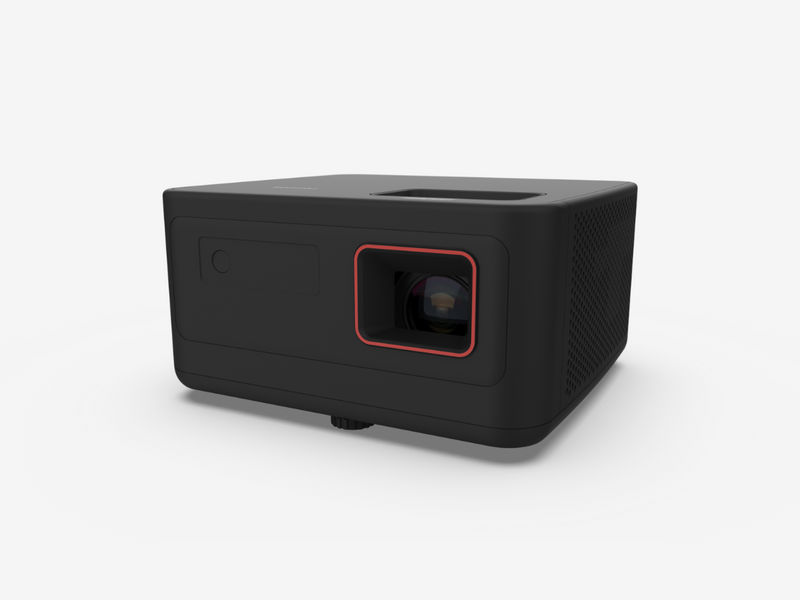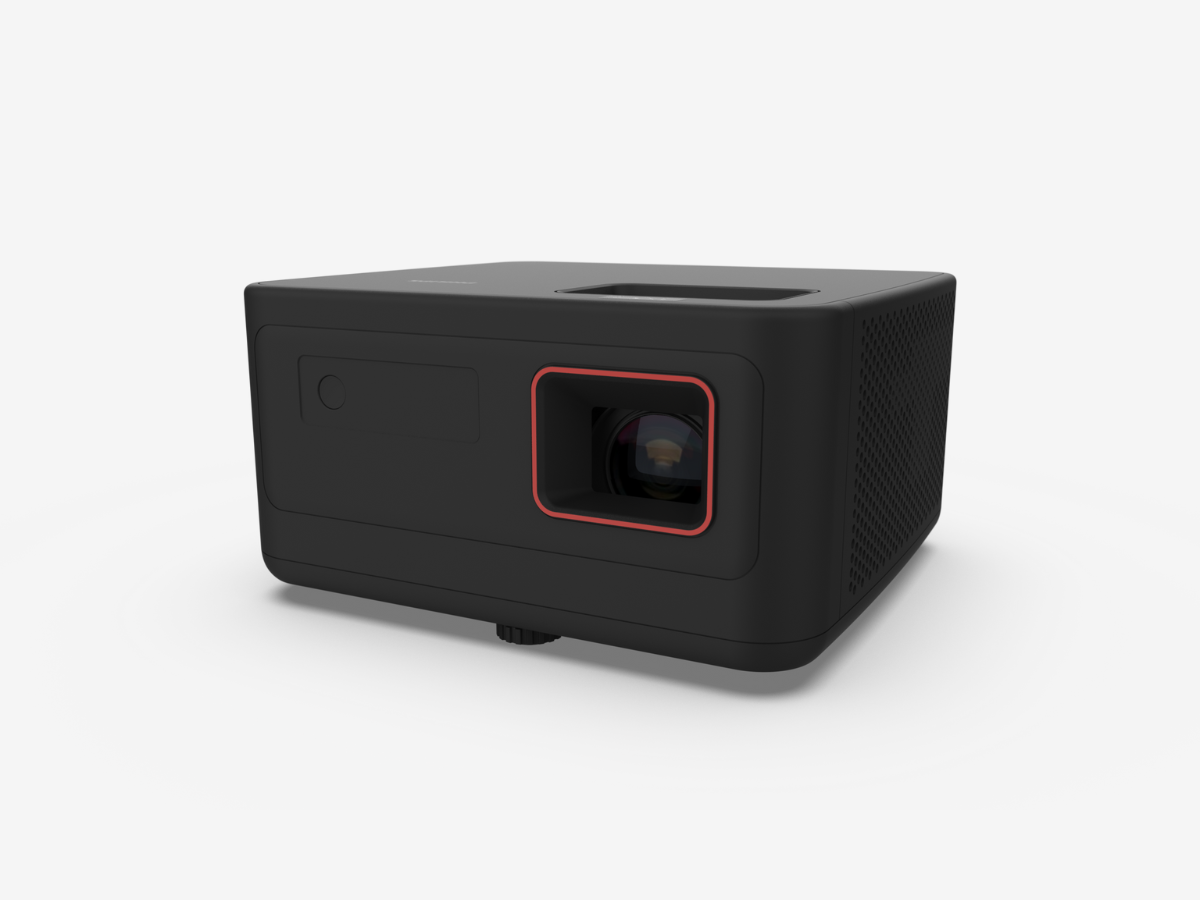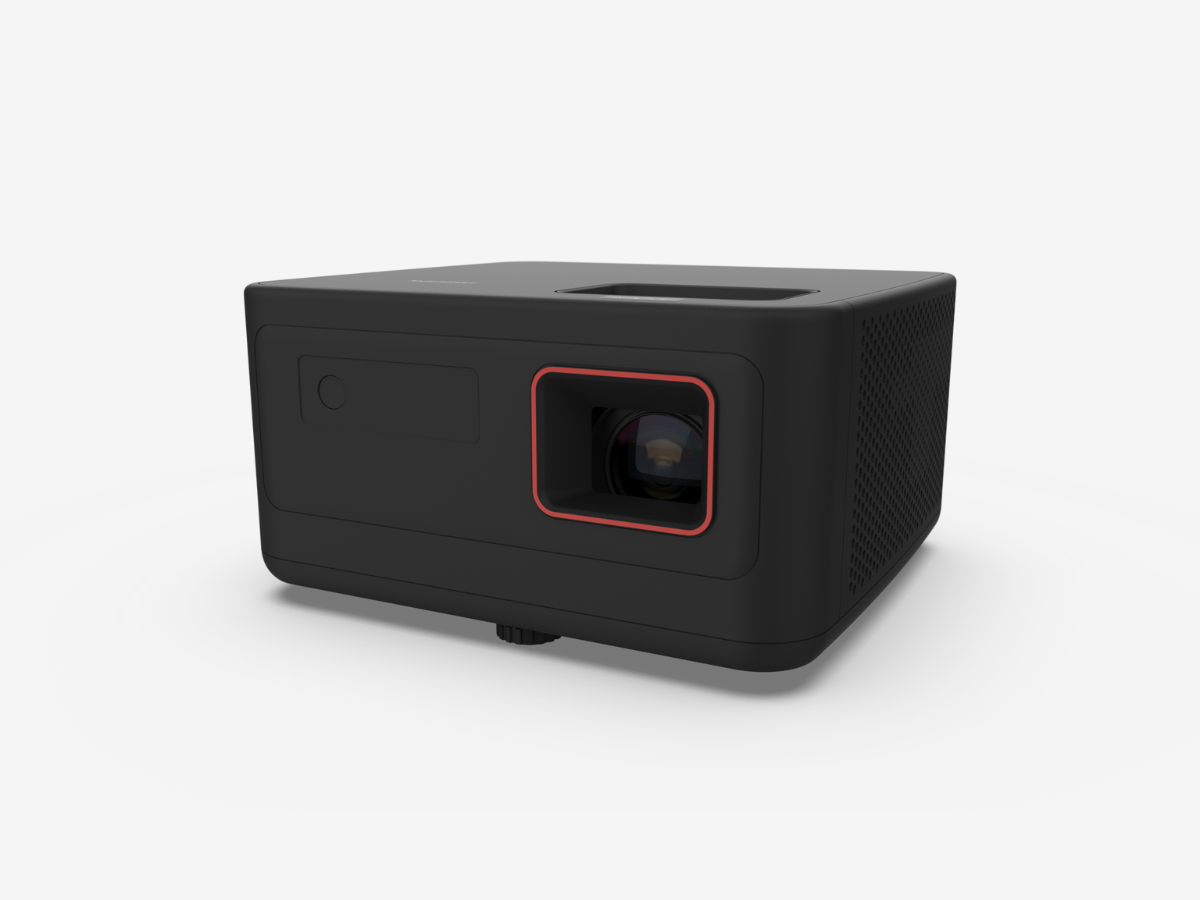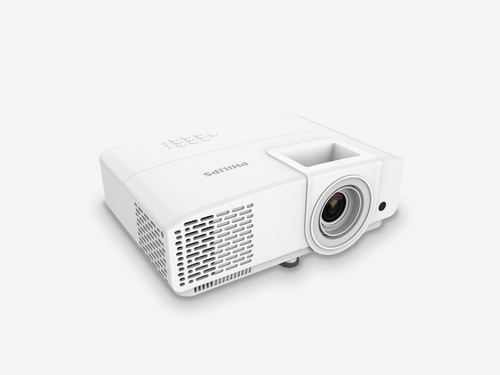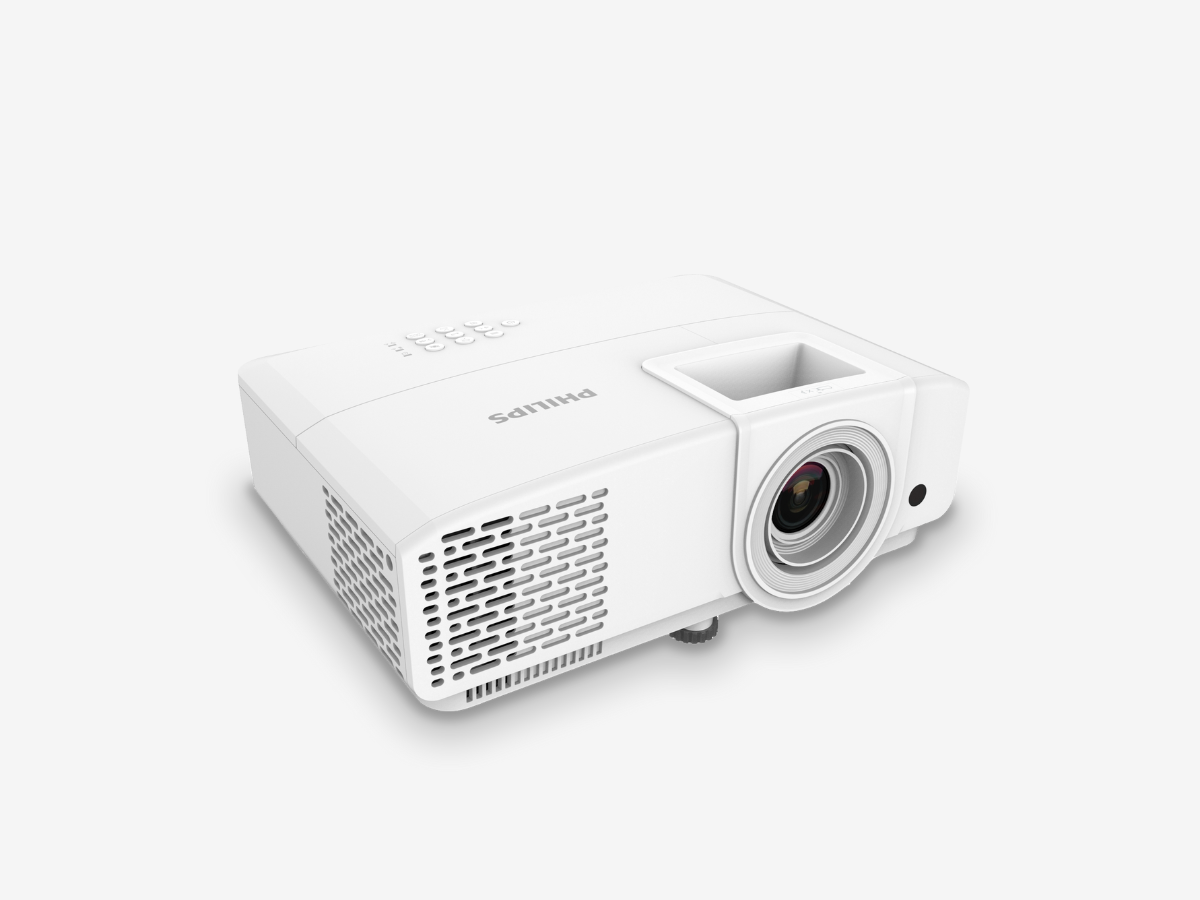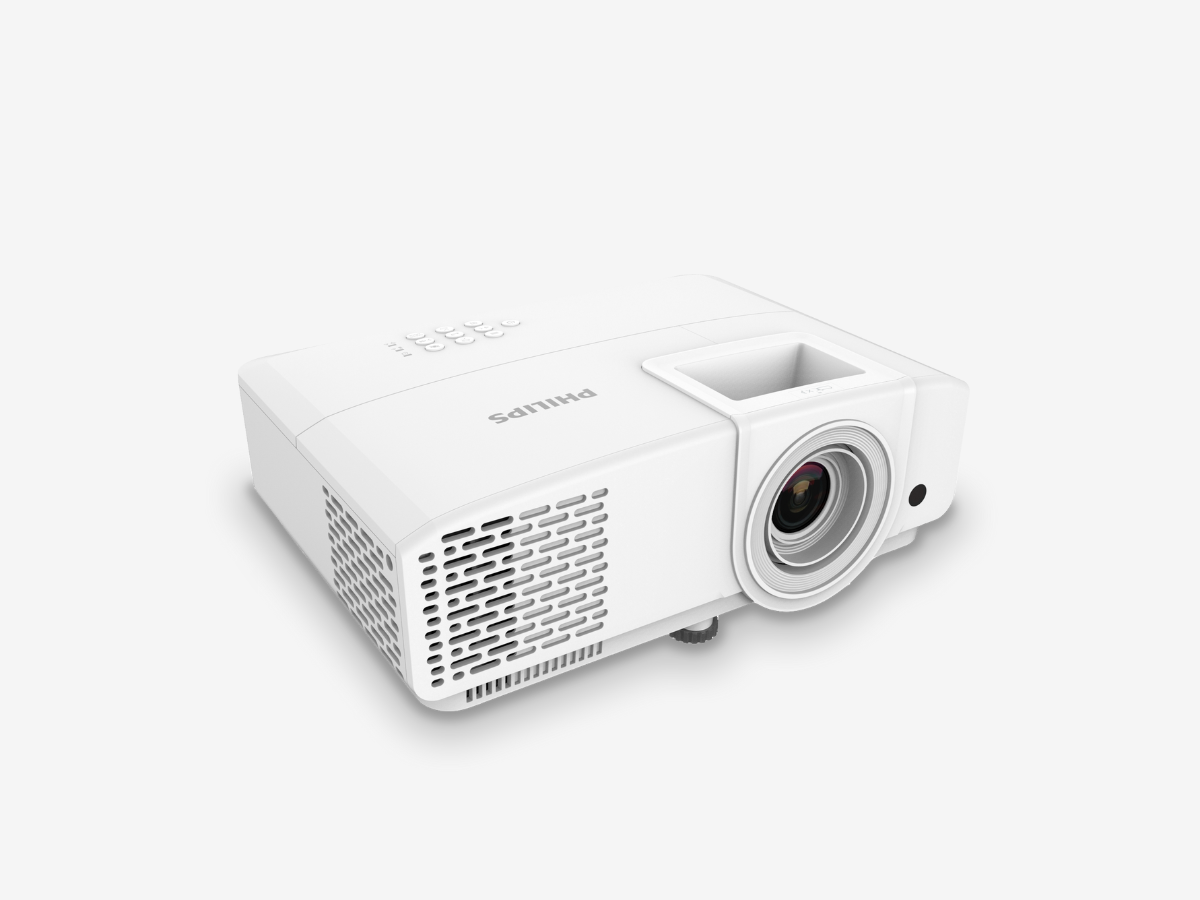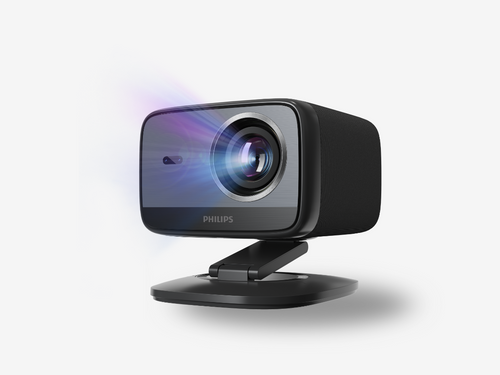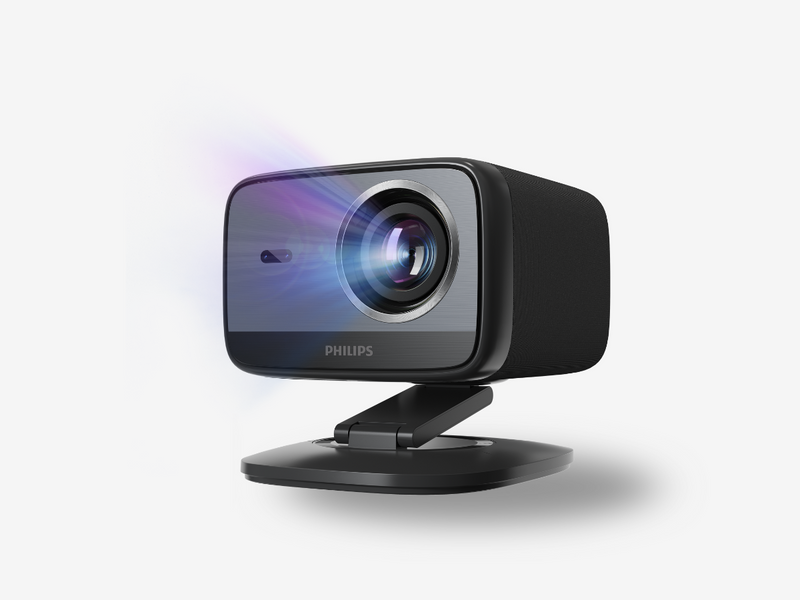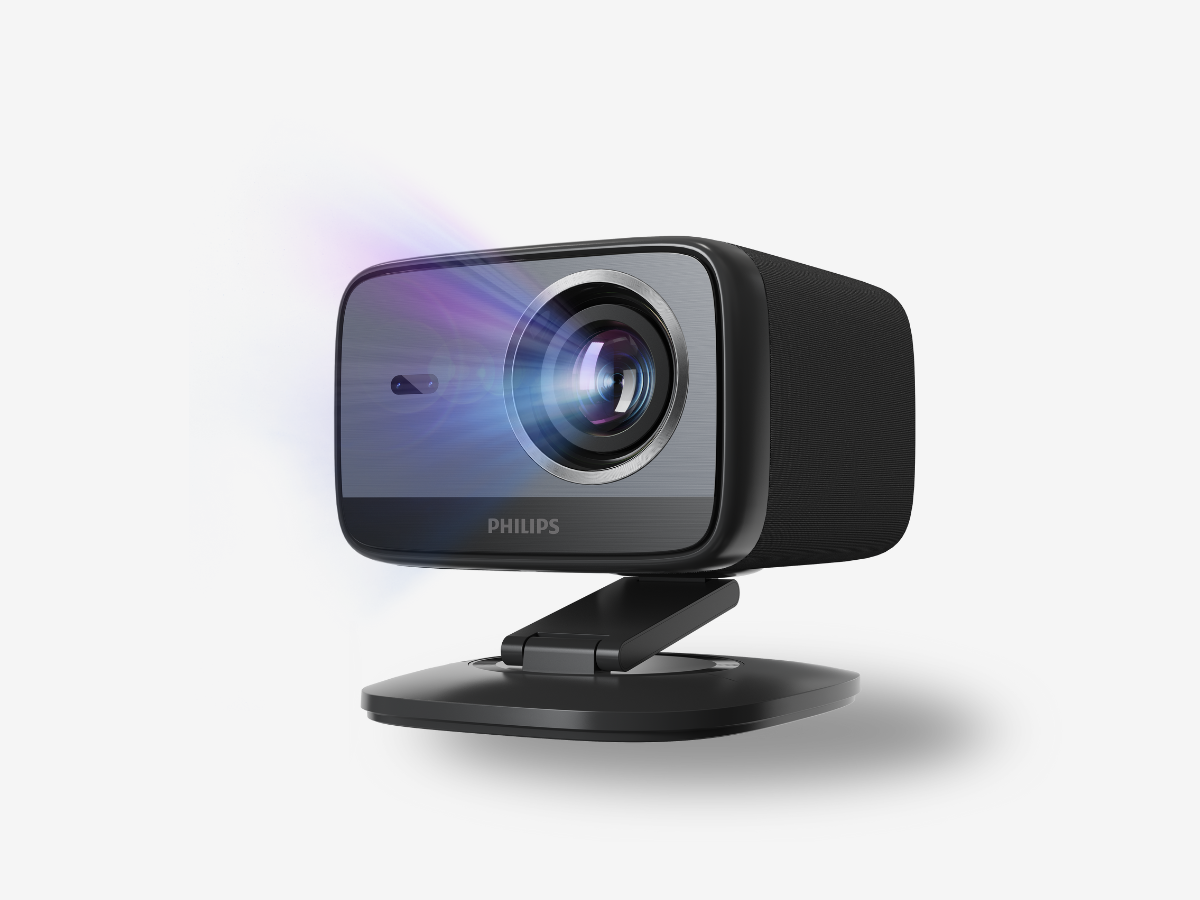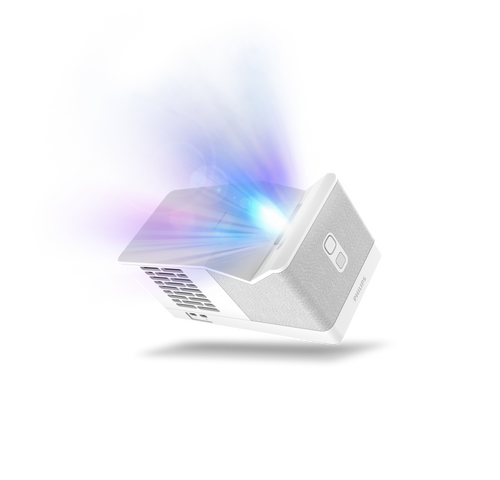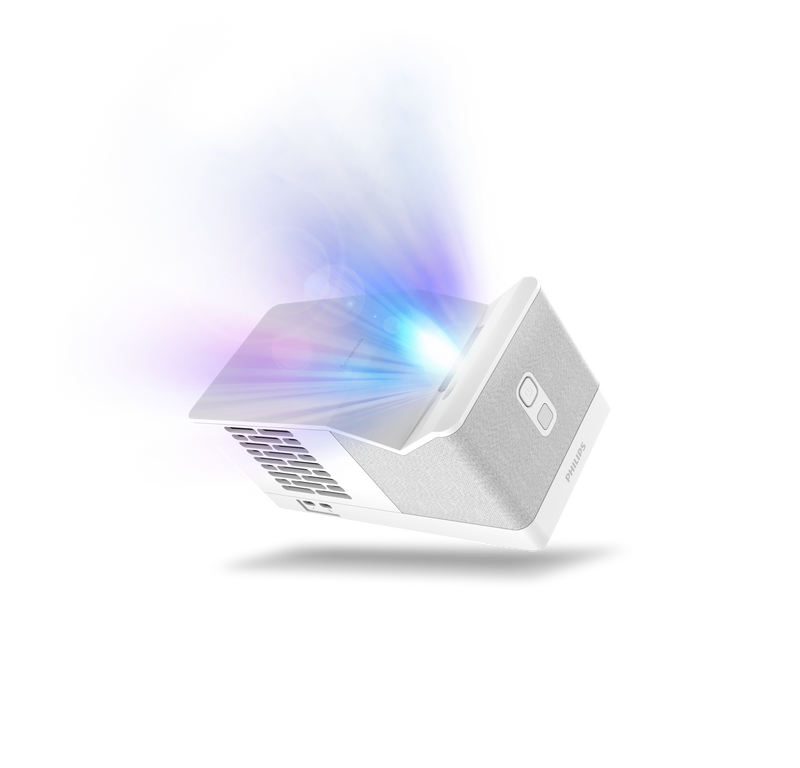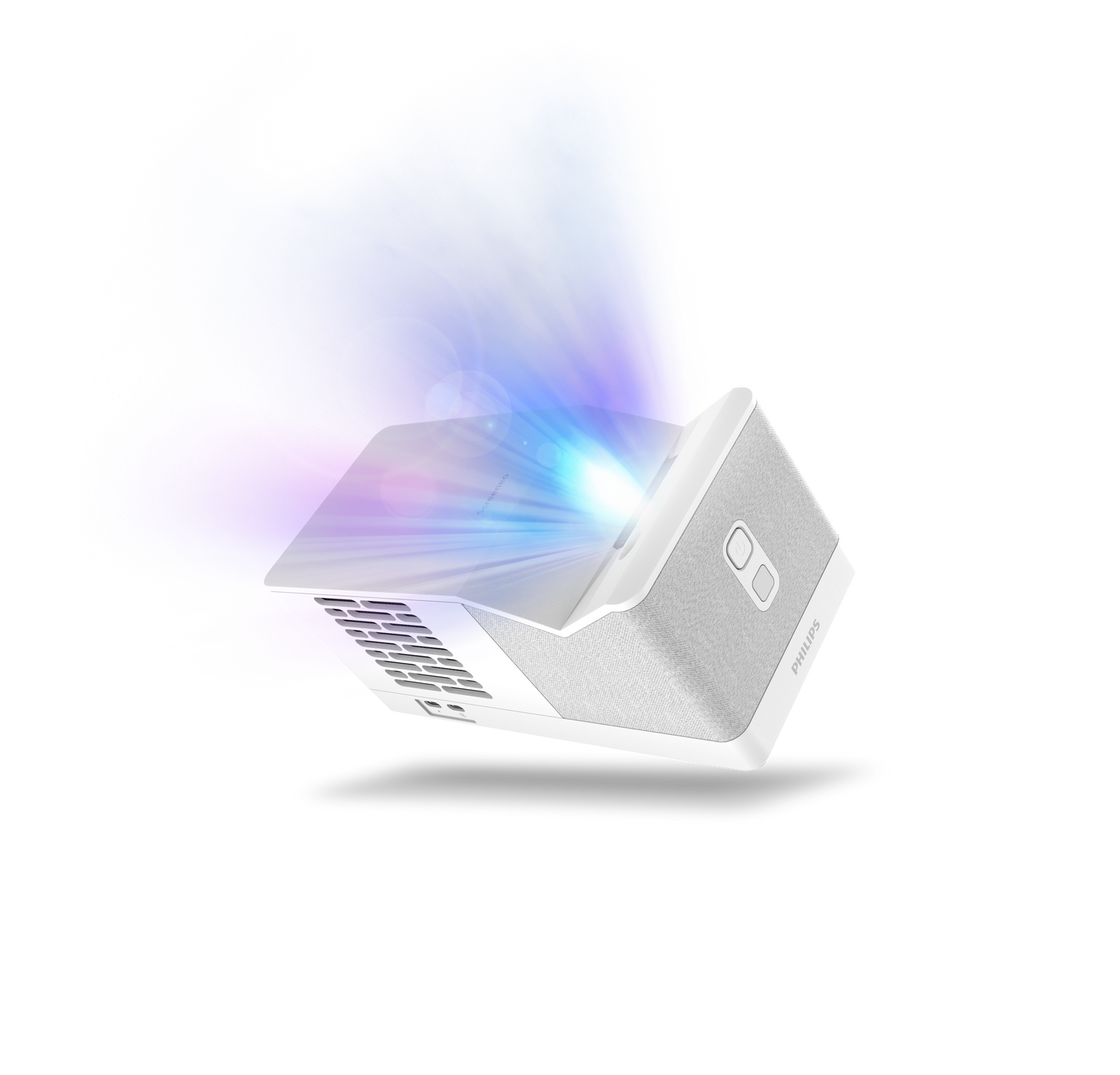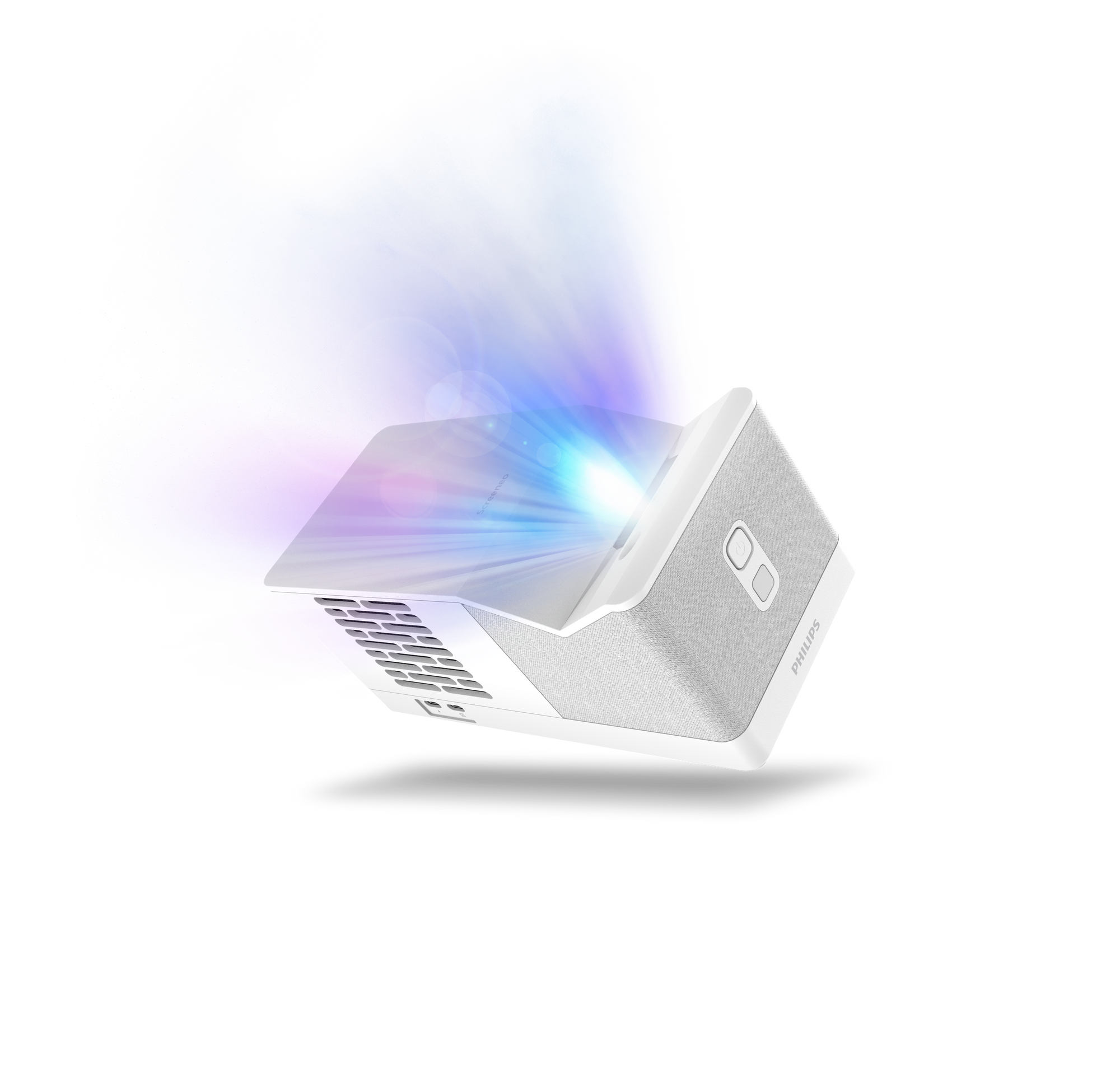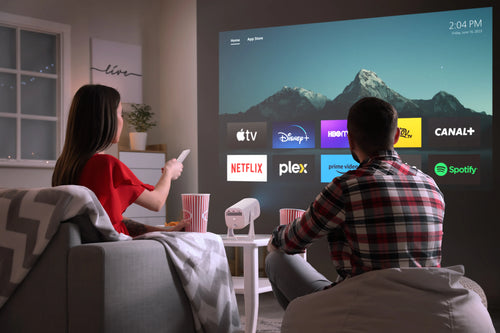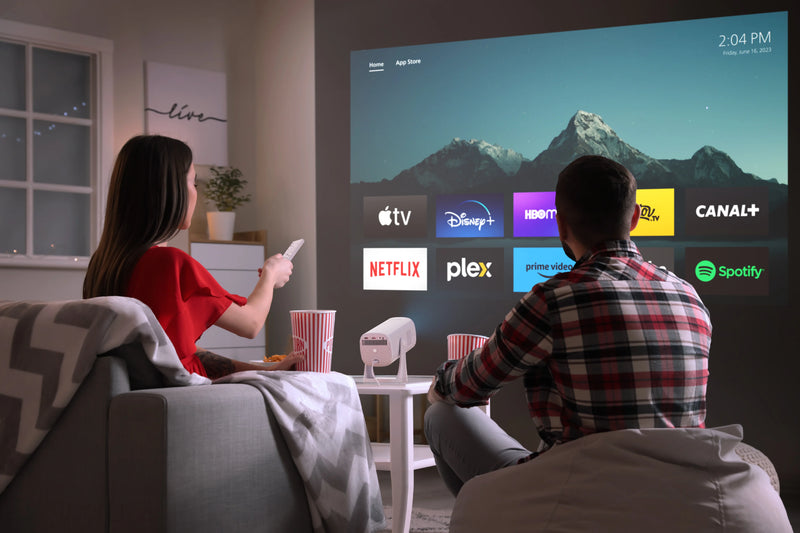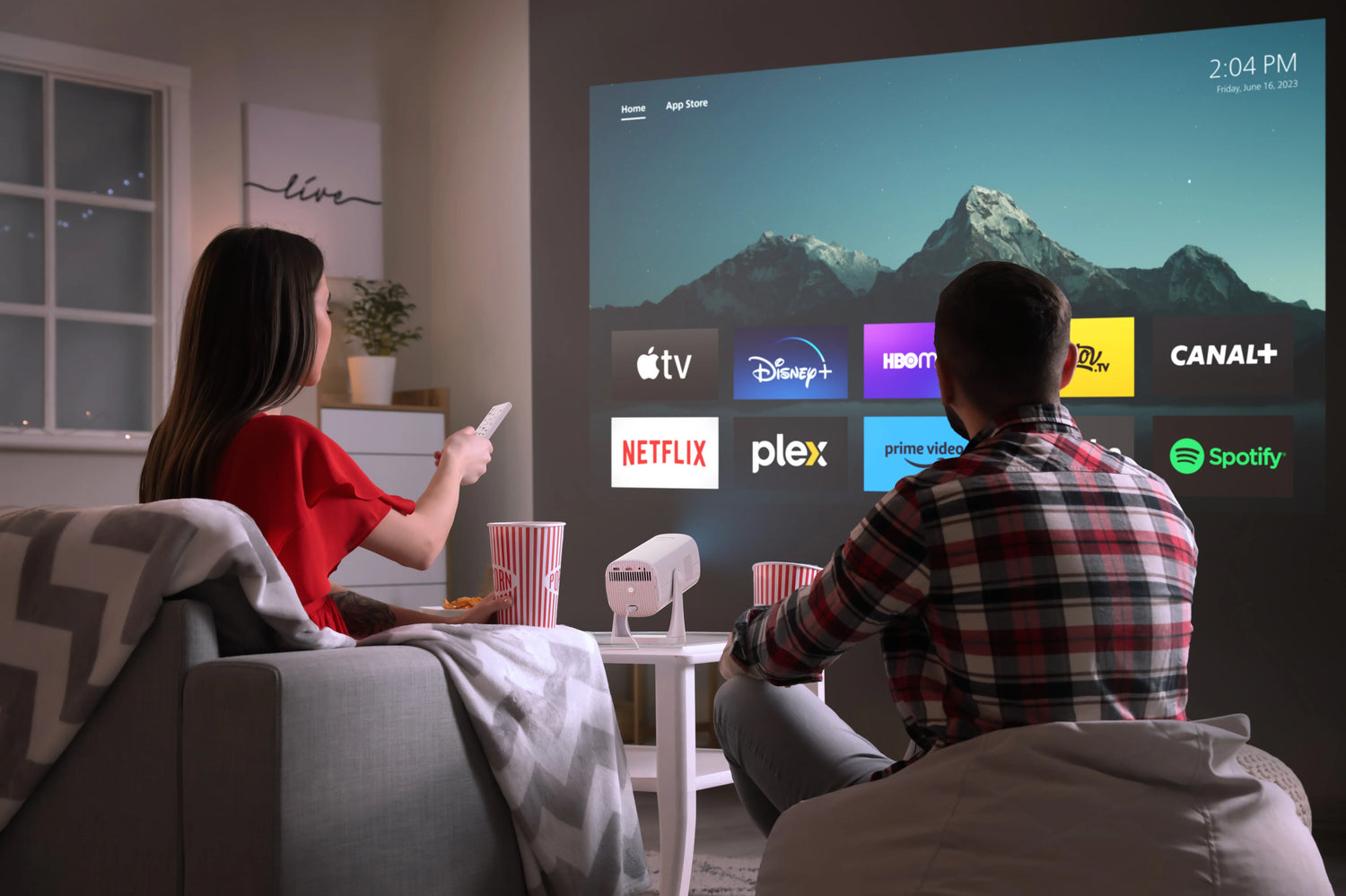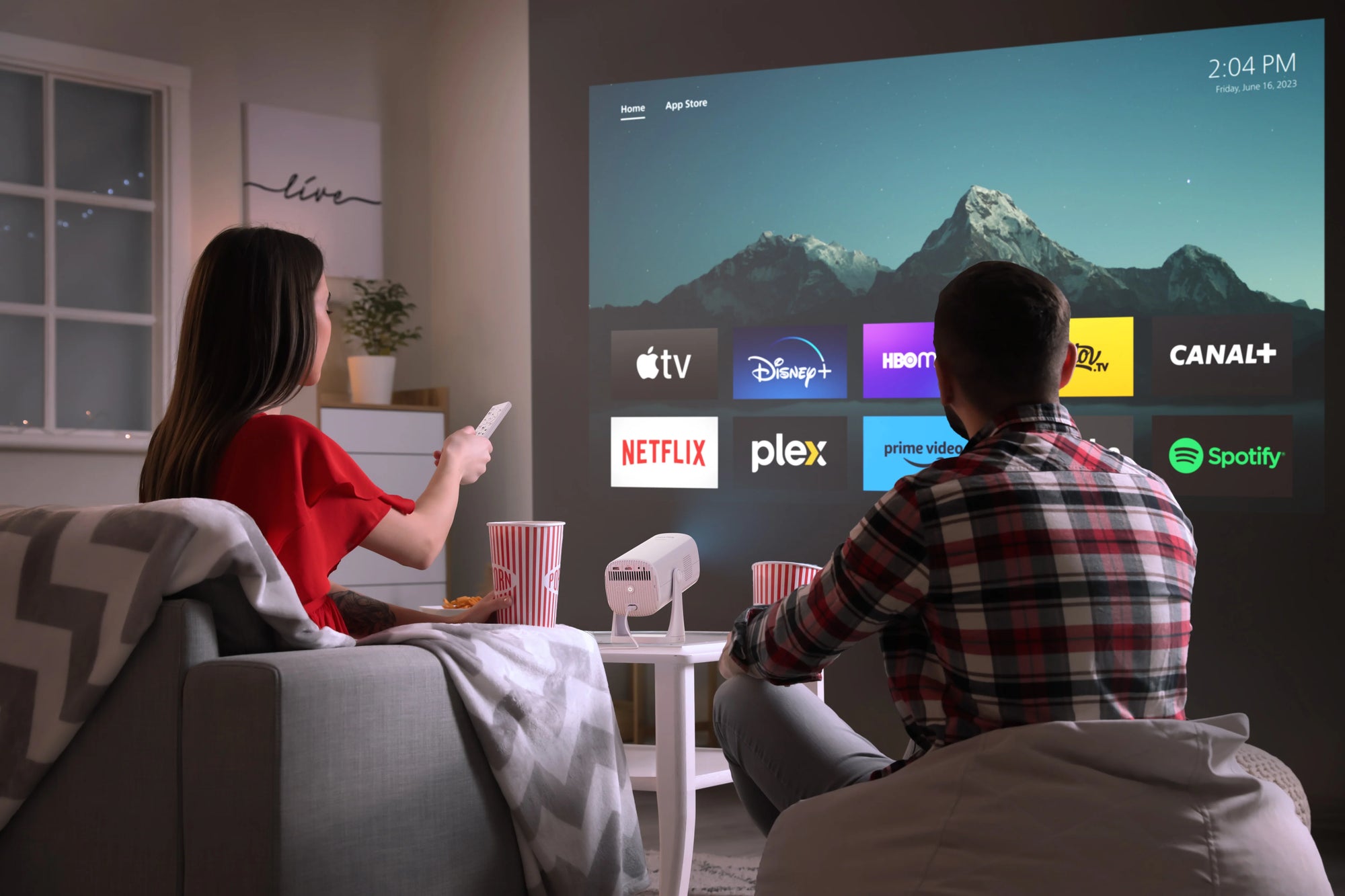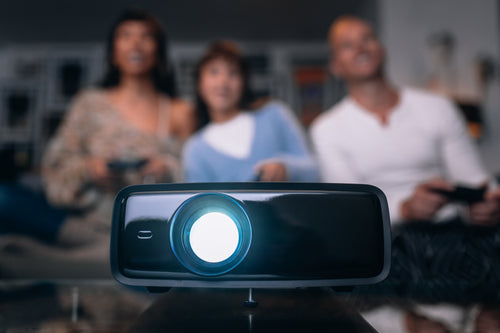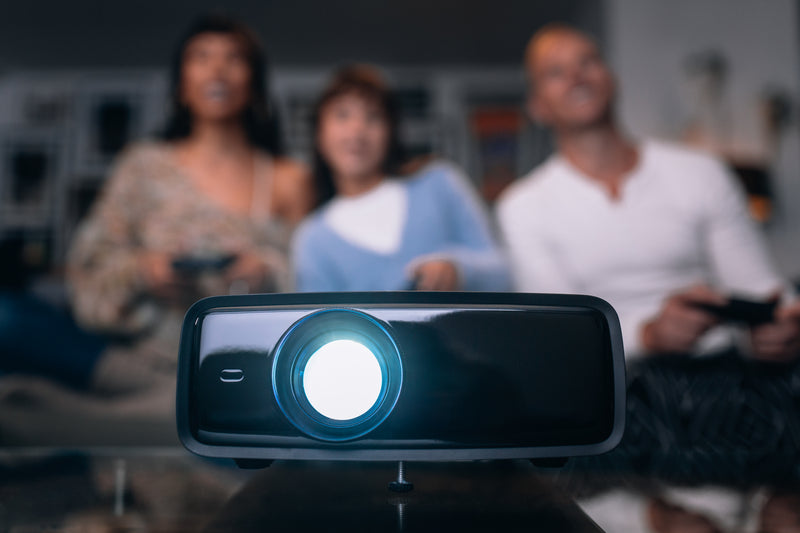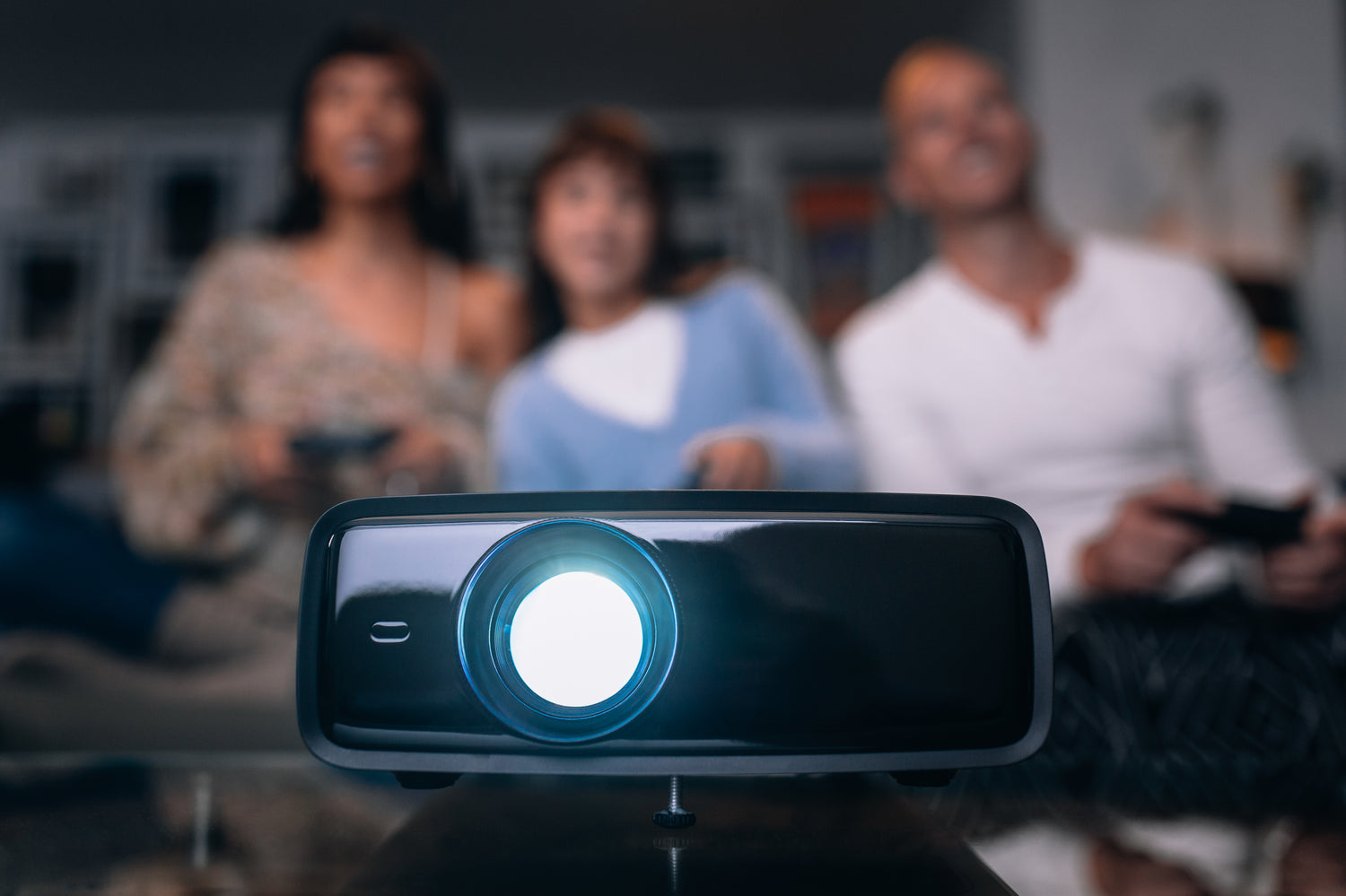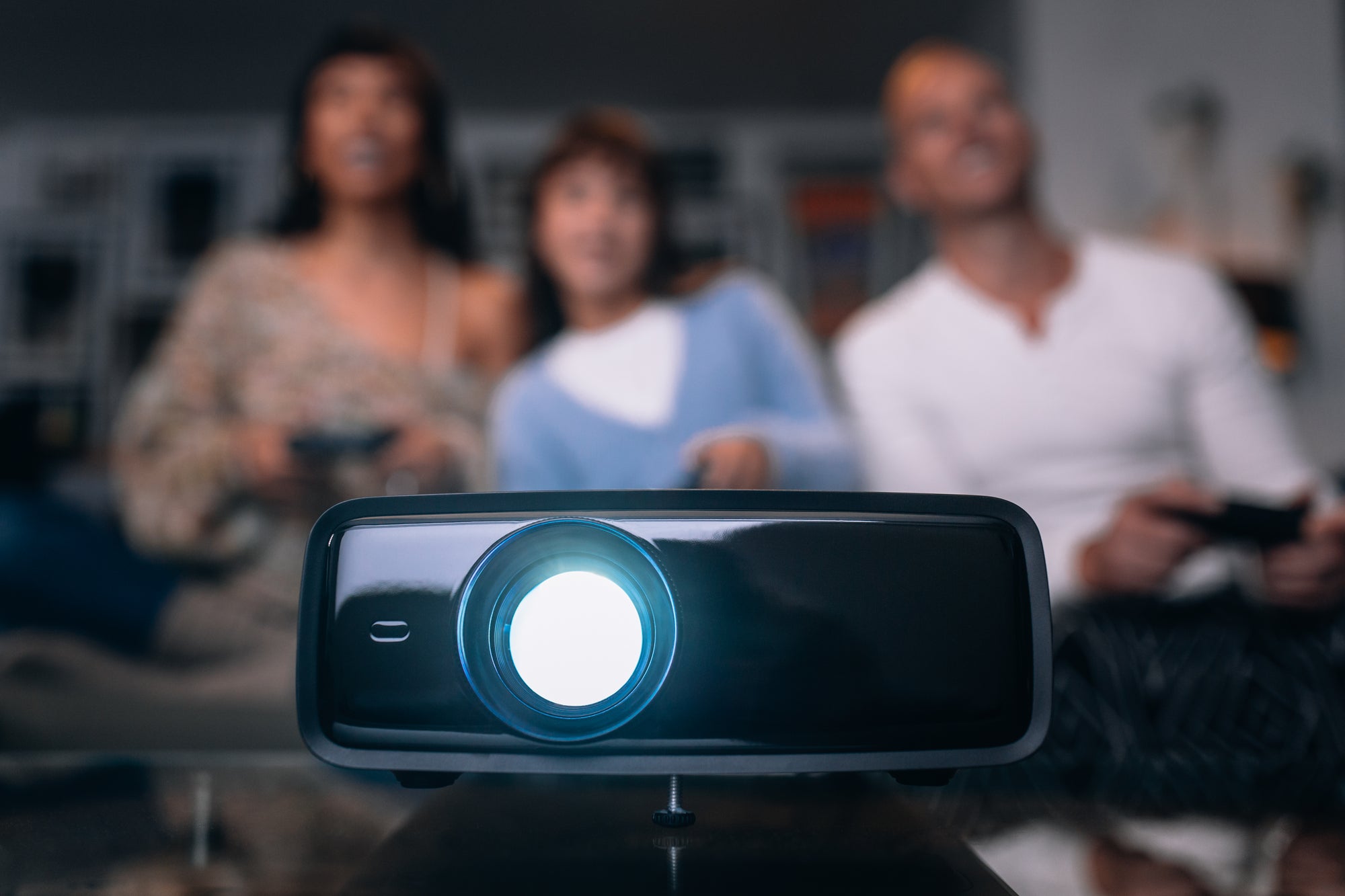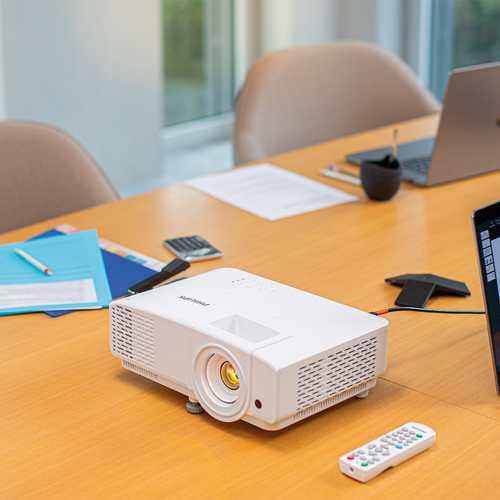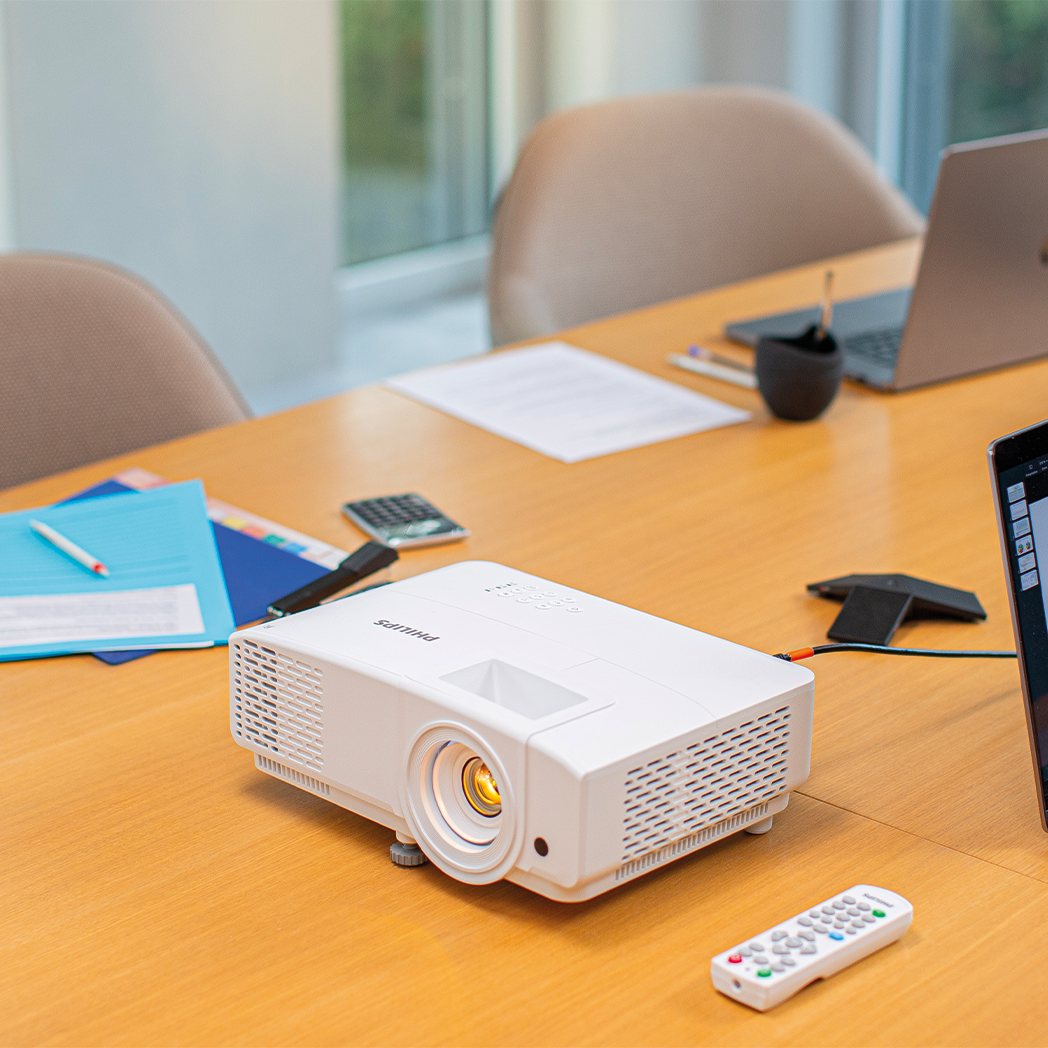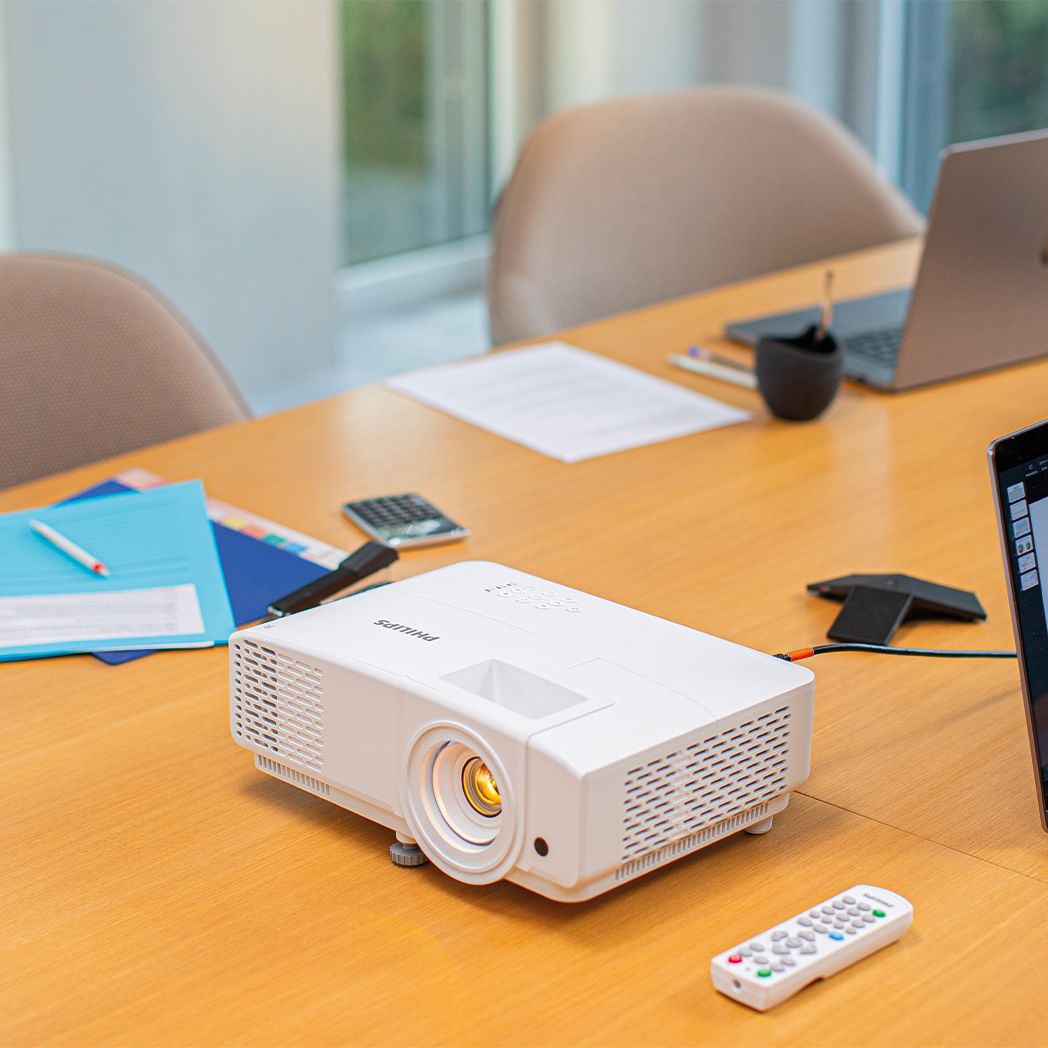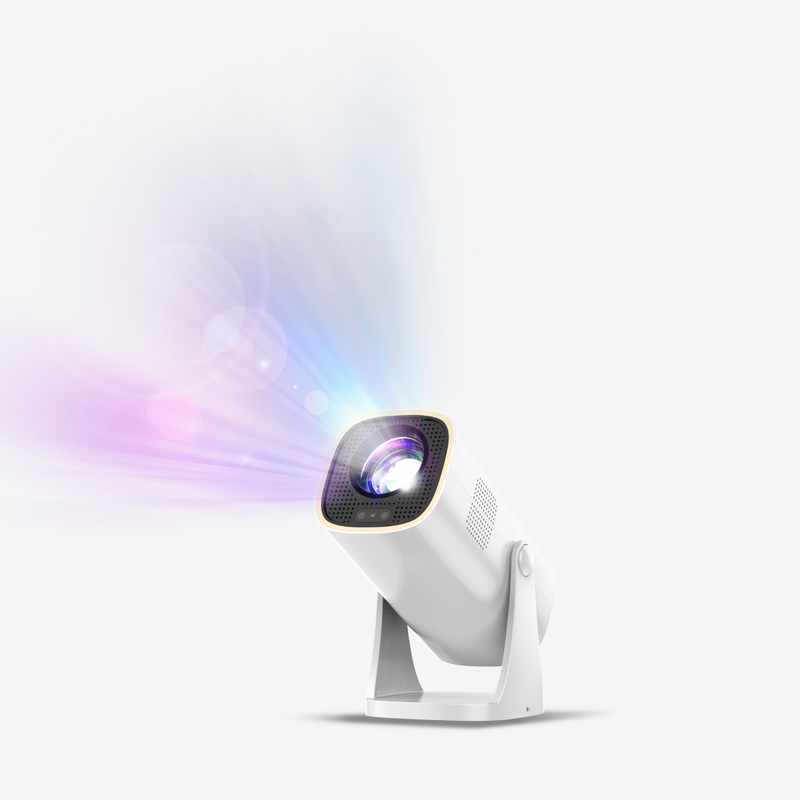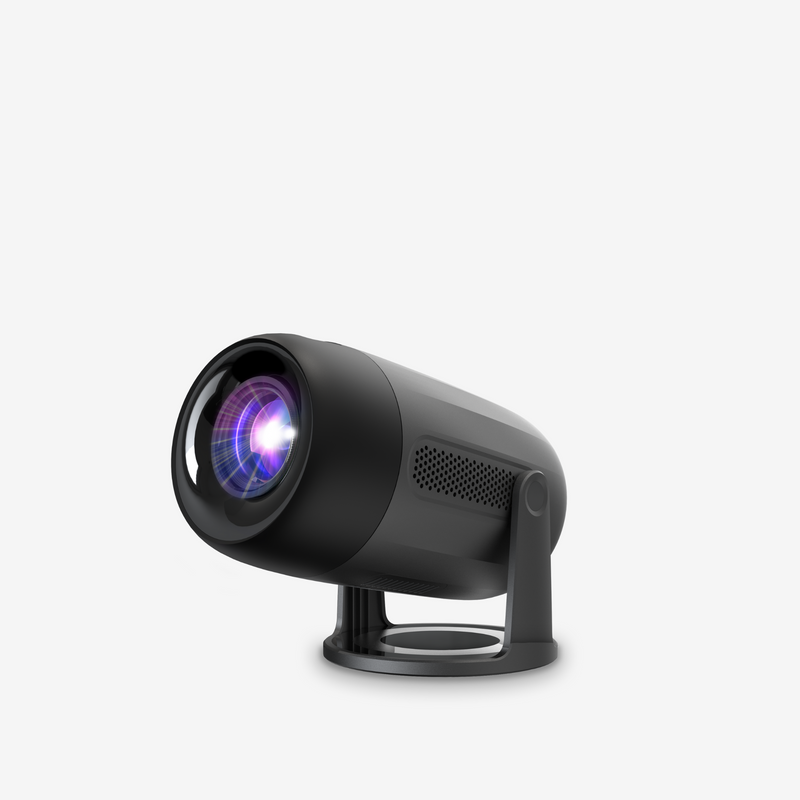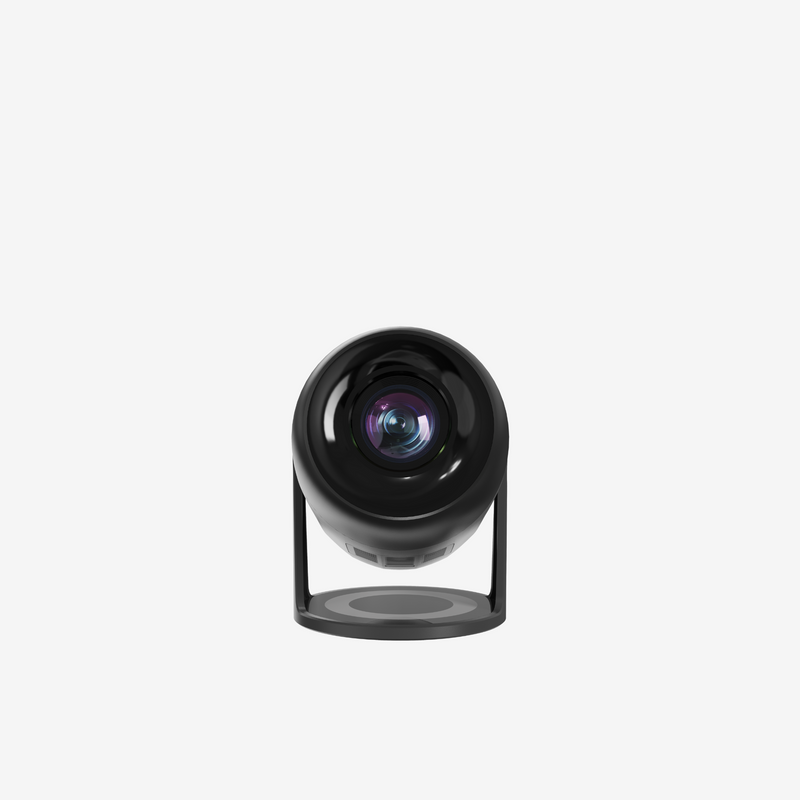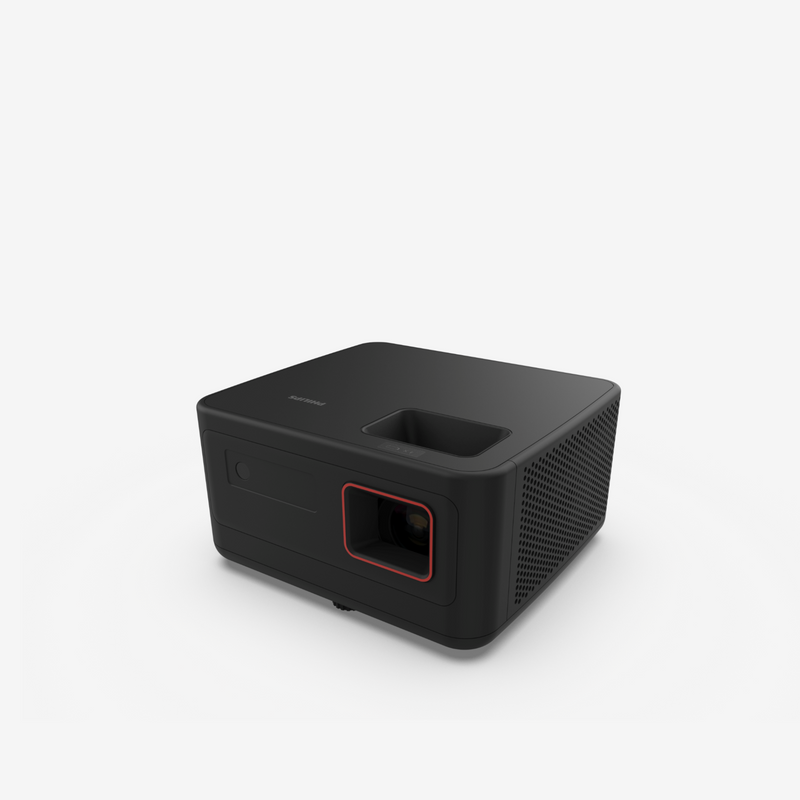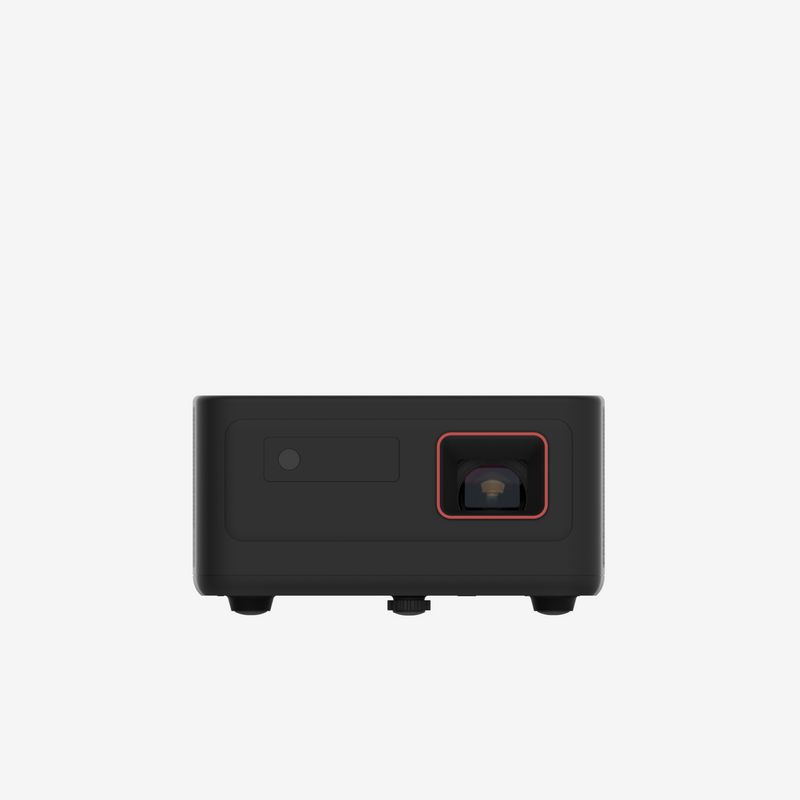Which Projector Should You Choose?
6 min. read
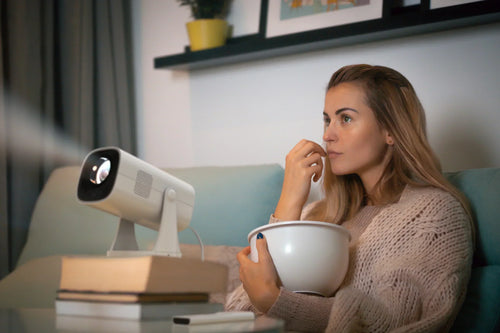
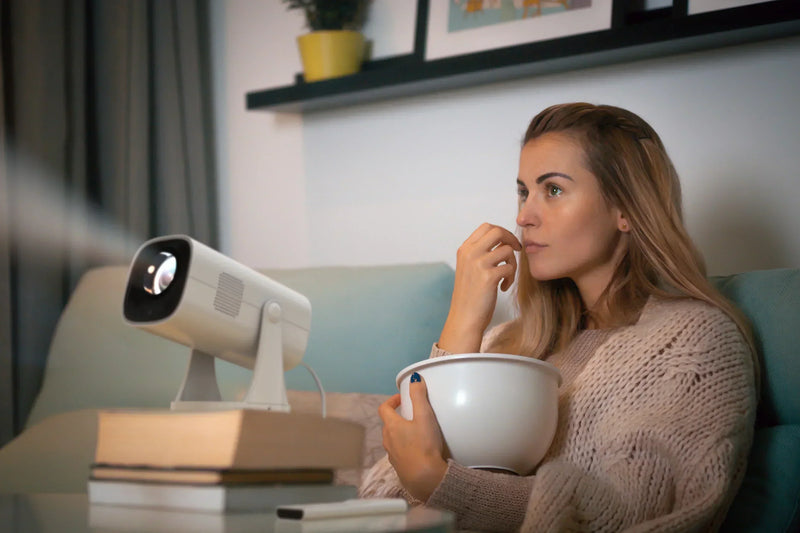
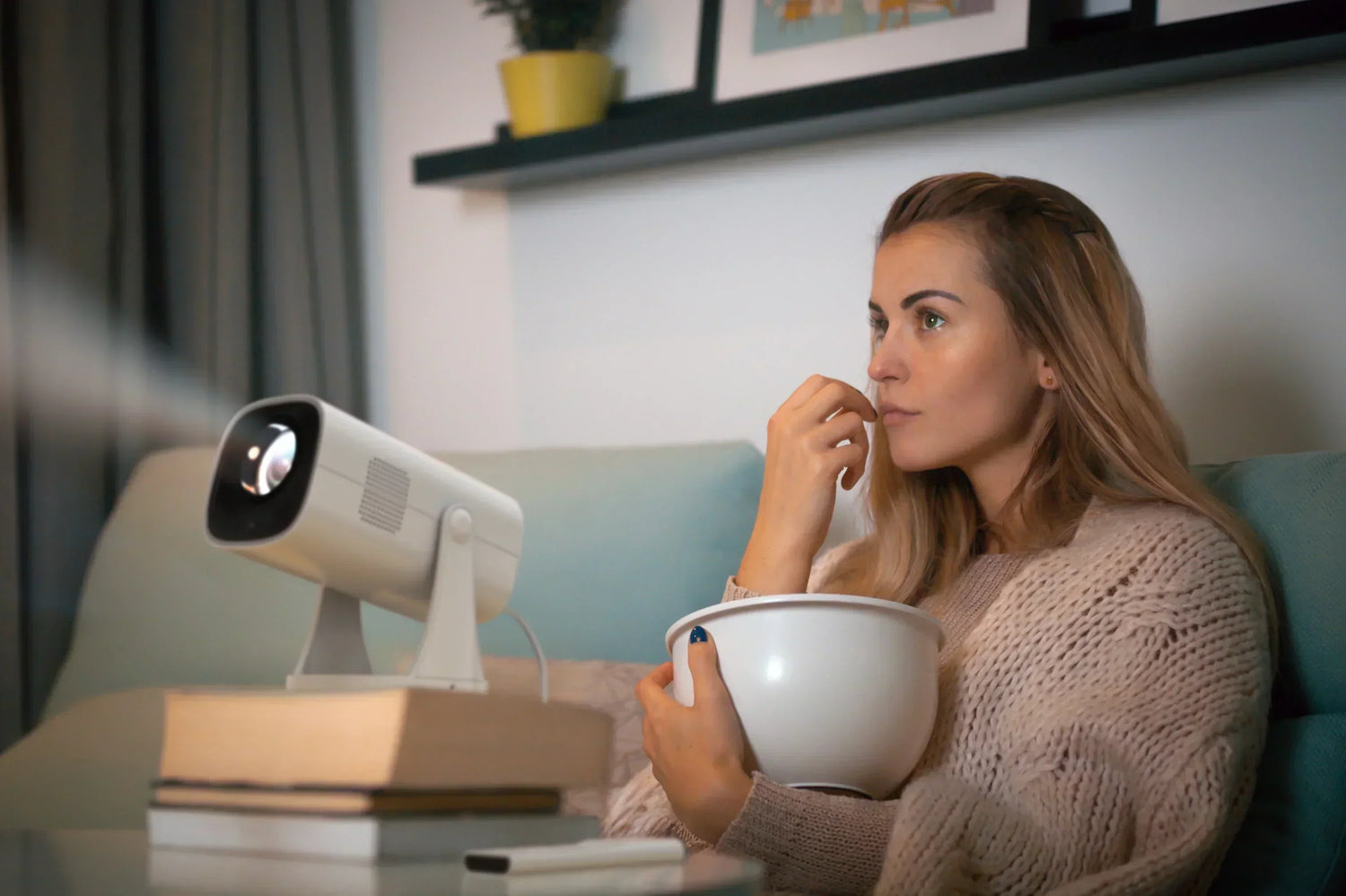





Which Projector Should You Choose? Understanding Lumens, Resolution, and Screen Size
Whether you're building a home cinema, gaming on the big screen, or just enjoying movies in your living room, choosing the right projector can quickly become overwhelming. One of the most talked-about features is the number of lumens—but what does that really mean? And what else should you consider when making your decision?
In this article, we’ll simply explain:
- What ANSI lumens are
- How many lumens you need based on your room
- Why resolution and screen size also matter
- And how to find the best balance for your setup
🔦 What Are ANSI Lumens?
Lumens measure a projector's brightness, essentially, how much light is projected onto the screen. But not all lumens are created equal.
- A projector might claim 5,000 “marketing” lumens, but if it's not measured using the ANSI standard, the value may be misleading.
- ANSI lumens are a standardized, industry-recognized measure that gives a reliable indication of actual brightness.
👉 Summary: The higher the ANSI lumens, the more visible your image will be, even in a well-lit room.
💡 How Bright Should Your Projector Be?
The brightness you need depends on the ambient light in your room and the image size. Here’s a simple guide:
🔹 Very dark room / home cinema
• from 100 to 300 ANSI lumens
• Ideal for evening viewing with blackout curtains
Recommended products:
- NeoPix 140 – 150 ANSI lumens
- NeoPix 150 – 250 ANSI lumens
- NeoPix 250 Smart – 250 ANSI lumens (with pre-installed apps)
🔹 Dimly lit room (curtains slightly open, lights on)
• 300 to 700 ANSI lumens
• A great balance for everyday use with a cinema feel
Recommended products:
- NeoPix 450 Smart – 500 ANSI lumens (with pre-installed apps)
- NeoPix 550 Smart – 500 ANSI lumens (with pre-installed apps)
🔹 Bright room / daytime use
• 700+ ANSI lumens
• Perfect for watching content without needing a dark room
Recommended products:
- NeoPix 750 Smart – 700 ANSI lumens (with pre-installed apps)
- GamePix 900 – 1,000 ANSI lumens (gaming projector)
- GamePix 800 Smart – 2,500 ANSI lumens (ideal mix of gaming and home cinema, with pre-installed apps)
🖼️ What About Resolution?
Brightness is key, but image sharpness depends heavily on resolution. Here's what to expect:
▪️ HD 720p (1280x720 pixels)
Good for small formats, ideal for entry-level compact projectors. Less sharp on larger screens.
▪️ Full HD 1080p (1920x1080 pixels)
Great balance between quality and price. Sharp detail even on screens up to 100 inches.
▪️ 4K Supported
Note: “4K supported” usually means the projector can read 4K files but doesn’t project in native 4K. The image is downscaled to Full HD or HD.
▪️ Native 4K or 4K with Pixel Shifting (XPR)
Ultra high definition : ideal for image enthusiasts or premium setups.
- Native 4K projects a true 3840 x 2160 pixel image using a 4K DLP or LCD chip.
- Pixel shifting (XPR technology), like in our GamePix 900, simulates a 4K image by rapidly shifting pixels with high precision. It doesn’t use a native 4K chip, but still delivers a result that is visually very close, virtually indistinguishable in real-world viewing conditions.
👉 This technique is widely used by major manufacturers because it offers an excellent balance of performance and affordability, making 4K content accessible without compromising visual quality.
📏 Does Screen Size Matter?
Yes, and more than you think. The maximum image size (in inches) your projector can display is key.
The larger the screen, the more you’ll need:
- Higher ANSI lumens
- Higher resolution, to avoid losing sharpness
For example:
- 60–80 inches: 720p or 1080p is usually sufficient
- 100 inches and up: Go for at least Full HD 1080p
🧠Conclusion : It's About Balance, Not Just Brightness
The perfect projector balances lumens with contrast, color accuracy, smart features, and your specific viewing environment.
At Philips Projection, we’ve designed our four product lines to suit every need and budget.


